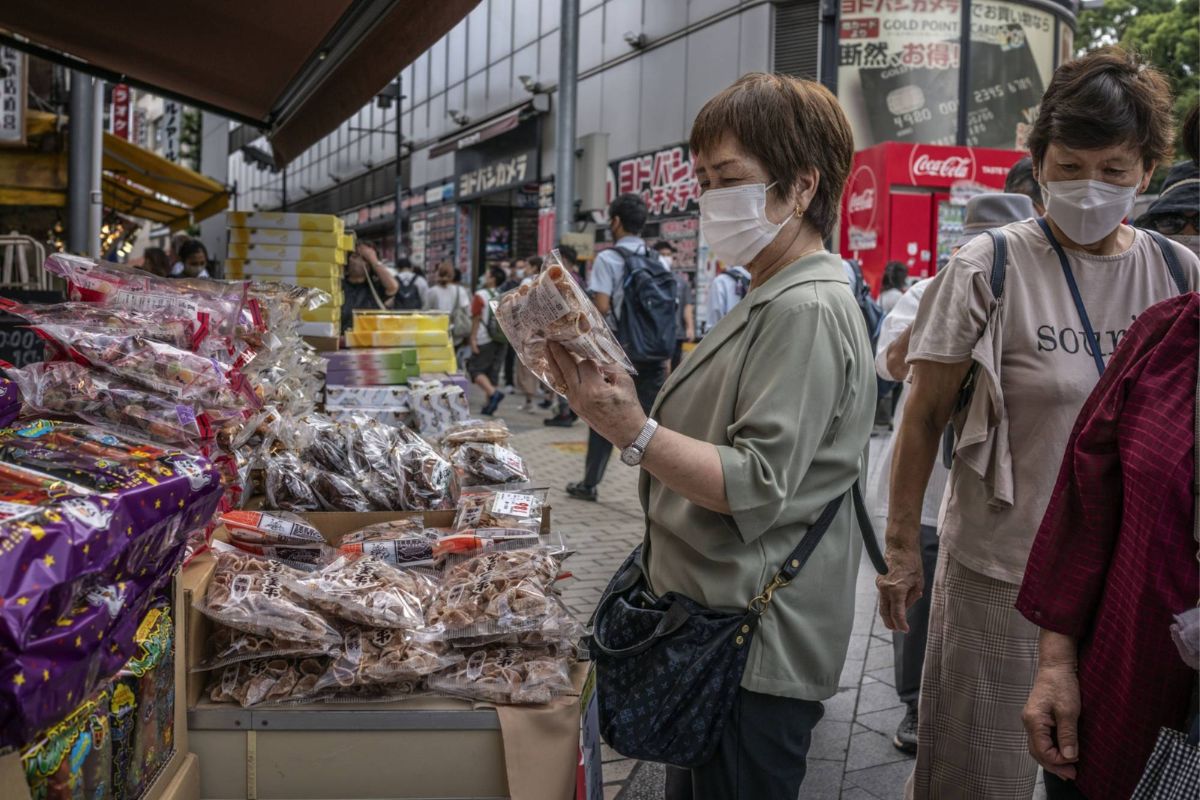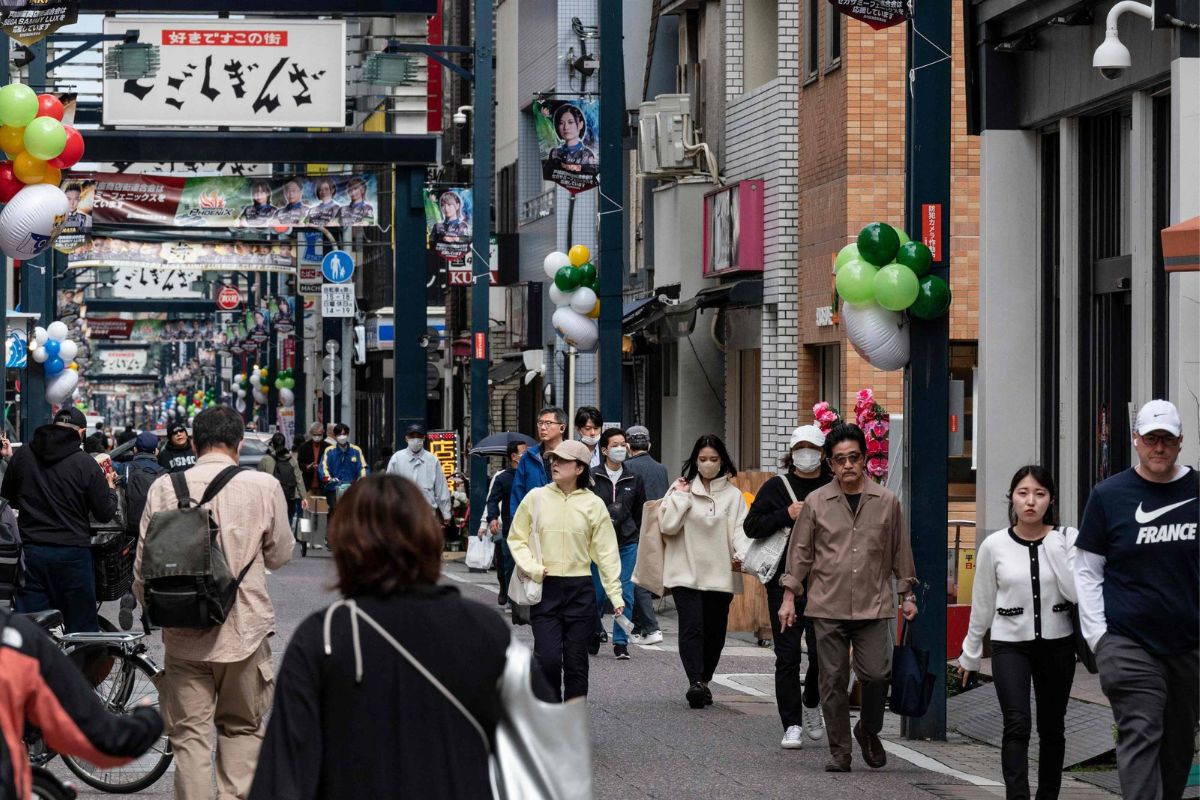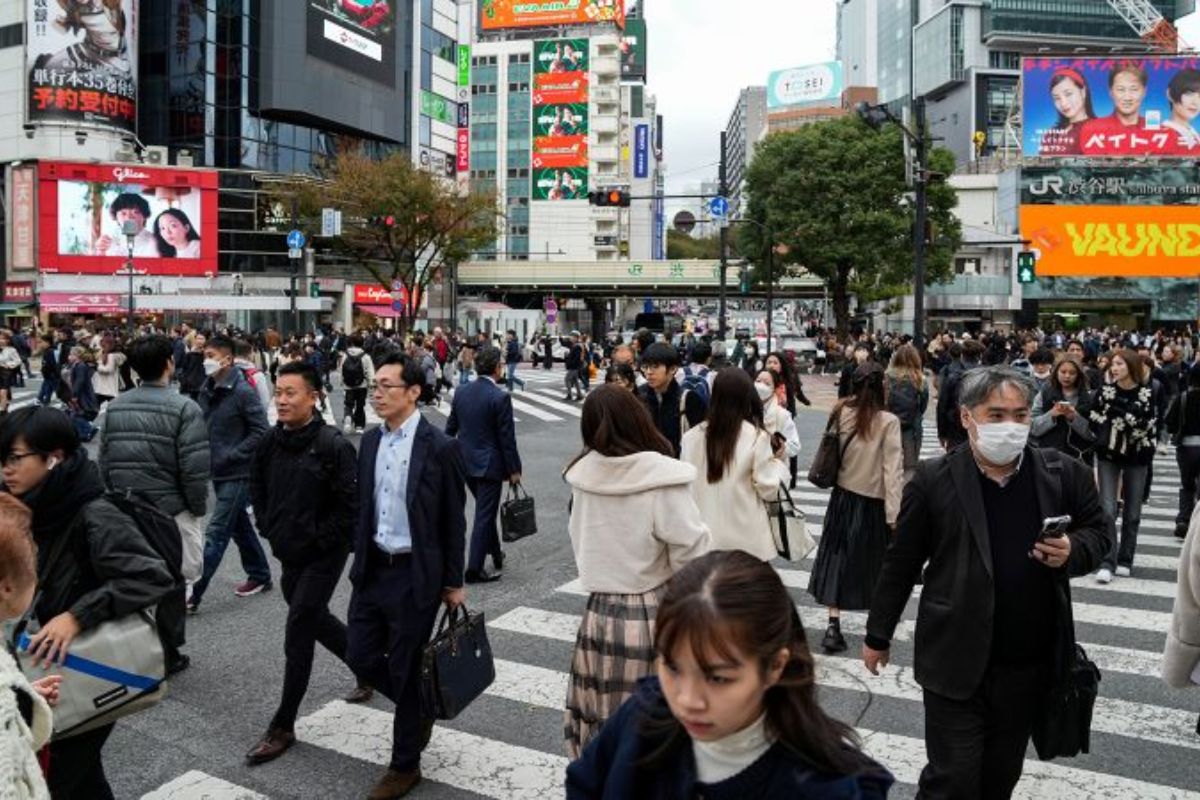Japanese Consumer Spending: In a jarring turn of events, Japanese consumer spending has taken a nosedive, recording its most substantial decline in 35 months, setting off alarm bells across the economic landscape.
The repercussions of this drastic drop are reverberating not only within the nation but also casting shadows on the global market. As pundits scramble to decipher the underlying causes and potential ramifications, the looming question remains: what does this sharp downturn signify for Japan’s economic trajectory and how might it impact the broader financial ecosystem?
Japanese Consumer Spending Sees Significant Drop in January
The sharp decline in Japanese consumer spending during January sent shockwaves through the economy, signaling a worrisome trend that has economists and policymakers on high alert. This alarming 6.3% year-on-year drop, the largest in 35 months, has rattled markets and raised red flags about the state of Japan’s economic recovery.
The consecutive 11 months of contraction paint a bleak picture of consumer confidence and highlight underlying issues that may have deeper implications for the nation’s financial stability. The government’s explanation, pointing to factors such as reduced new car purchases, lower energy bills, and the previous year’s high spending base, does little to alleviate concerns about the sustainability of this downward spiral.
With talks circulating about the Bank of Japan potentially exiting negative interest rates, the pressure mounts on policymakers to find solutions to reverse this troubling trend before it inflicts further damage on Japan’s already fragile economy. The urgency of the situation demands swift and decisive action to prevent a prolonged period of economic hardship.
Also Read: Japanese Stocks Soar: Escape China Troubles With Cozy Gains
Factors Influencing the Decline
With Japanese consumer spending taking a nosedive, it is imperative to dissect the influencing factors behind this dramatic downturn. The recent plunge in consumer spending can be attributed to a perfect storm of disruptions in new car purchases, decreased energy bills, and the lingering impact of previous travel subsidies. These factors have combined to create a sharp decline in consumer expenditures, sending shockwaves through the economy and raising alarms among policymakers and analysts alike.
While some officials suggest that these influences may be one-off occurrences rather than indicative of a broader trend in consumption, the severity of the drop cannot be ignored. This significant decrease in spending paints a concerning picture of the current economic landscape in Japan, hinting at potential challenges ahead.
As the nation grapples with these complex factors, it is crucial to closely monitor how these dynamics evolve and whether further interventions may be necessary to spur consumer confidence and reignite economic growth.
Economic Outlook and Bank of Japan’s Decision
Amidst economic uncertainties, the imminent Bank of Japan decision on negative interest rates looms large, stirring anticipation and speculation across financial markets. The recent plunge in consumer spending has set off alarm bells, prompting a closer look at the economic outlook and the potential impact of the Bank of Japan’s upcoming decision. While some economists express cautious optimism about a gradual recovery in consumer spending, others remain wary of the lingering effects of the recession in the previous quarter.
| Key Points | Implications | Challenges Ahead |
|---|---|---|
| Potential exit from negative interest rates | Market volatility and investor reactions | Need for sustained economic growth |
| Rising wages dependent on springtime negotiations | Impact on consumer confidence and spending | Balancing inflation and monetary policy |
| Gradual recovery in consumer spending | Stimulating economic growth and stability | Addressing structural issues in the economy |
The decision by the Bank of Japan regarding negative interest rates is crucial in navigating the uncertain economic landscape and fostering a path towards sustainable growth.
News In Brief
Japanese Consumer Spending Plummets: In a startling development, Japan witnesses its largest 35-month drop in consumer spending. The 6.3% year-on-year decline, coupled with 11 consecutive months of contraction, raises concerns about the nation’s economic recovery. Factors like reduced car purchases and lower energy bills contribute to this alarming trend. Analysts scrutinize the impact on the economy, speculating on the Bank of Japan’s potential exit from negative interest rates. The decision’s consequences, intertwined with springtime wage negotiations and the need for sustained growth, add complexity to Japan’s economic outlook. Policymakers face the challenge of balancing inflation, monetary policy, and stimulating consumer confidence for a robust recovery.
Our Reader’s Queries
Q1 What is the average consumer spending in Japan?
A In December 2023, the mean monthly household consumption expenditure reached 329,518 yen, marking a nominal increase of 0.4% but a real decrease of 2.5% compared to the previous year. Concurrently, the mean monthly household income was 1,099,805 yen, experiencing a nominal decline of 4.4% and a real decrease of 7.2% from the previous year.
Q2 What is the average household expenditure in Japan?
A The per capita annual household expenditure in Japan was recorded at 8,691.523 USD, reflecting a decrease from the previous year’s value of 9,172.425 USD. This data on Japan’s annual household expenditure per capita is annually updated and covers the period from December 2000 to December 2023, with an average value of 10,458.614 USD.



